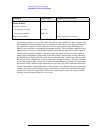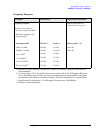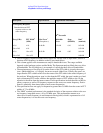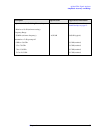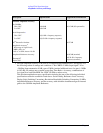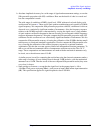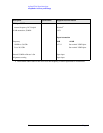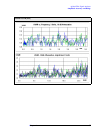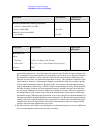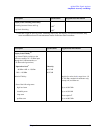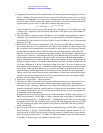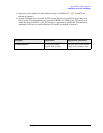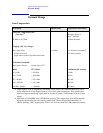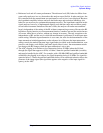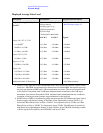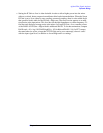
38 Chapter 1
Agilent EXA Signal Analyzer
Amplitude Accuracy and Range
Description Specifications Supplemental
Information
Resolution Bandwidth Switching Uncertainty
relative to reference BW of 30 kHz
1.0 Hz to 3 MHz RBW ±0.10 dB
Manually selected wide RBWs:
4, 5, 6, 8 MHz
±1.0 dB
Description Specifications Supplemental
Information
Reference Level
a
a. Reference level and off-screen performance: The reference level (RL) behavior differs from
some earlier analyzers in a way that makes this analyzer more flexible. In other analyzers, the
RL controlled how the measurement was performed as well as how it was displayed. Because
the logarithmic amplifier in these analyzers had both range and resolution limitations, this
behavior was necessary for optimum measurement accuracy. The logarithmic amplifier in this
signal analyzer, however, is implemented digitally such that the range and resolution greatly
exceed other instrument limitations. Because of this, the analyzer can make measurements
largely independent of the setting of the RL without compromising accuracy. Because the RL
becomes a display function, not a measurement function, a marker can read out results that
are off-screen, either above or below, without any change in accuracy. The only exception to
the independence of RL and the way in which the measurement is performed is in the input
attenuation setting: When the input attenuation is set to auto, the rules for the determination of
the input attenuation include dependence on the reference level. Because the input attenuation
setting controls the tradeoff between large signal behaviors (third-order intermodulation and
compression) and small signal effects (noise), the measurement results can change with RL
changes when the input attenuation is set to auto.
Range
Log Units −170 to +23 dBm, in 0.01 dB steps
Linear Units 707 pV to 3.16 V, with 0.01 dB resolution (0.11%)
Accuracy
0 dB
b
b. Because reference level affects only the display, not the measurement, it causes no additional
error in measurement results from trace data or markers.



